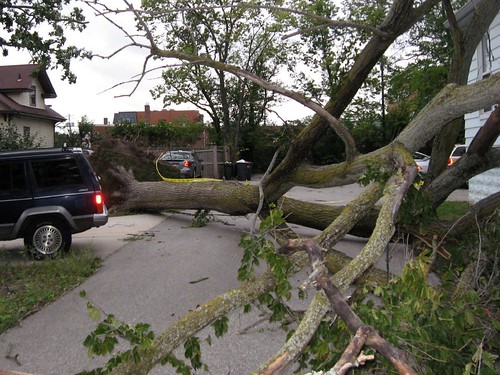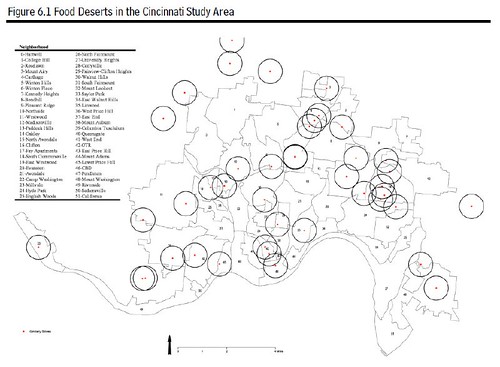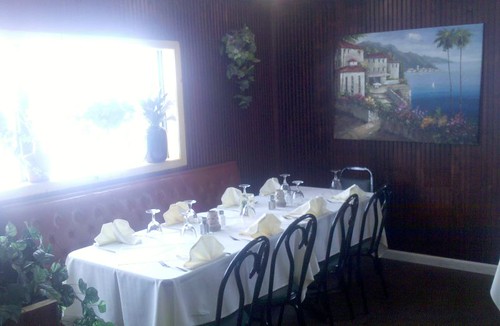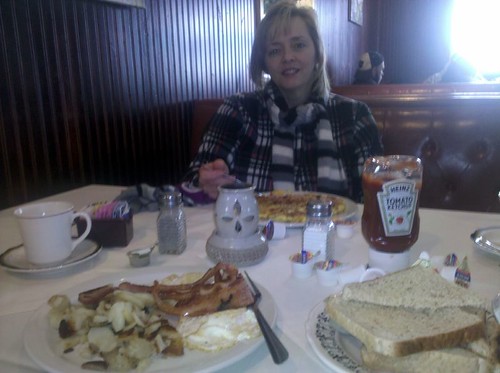(This post is about the Massively Online Open Course called Connectivism and Connective Knowledge being taught by George Siemens and Stephen Downes from September to December 2008. Over 1900 participants have signed up, and I am facilitating the Second Life cohort for the course. Over the following months, I will be posting about the experience, home work assignments, and other materials related to our activities.)

Storm damage in Cincinnati, photo by elycefeliz used under CC licensing.
On Sunday, the remnants of Hurricane Ike traveled all the way up to Indiana and Ohio, and though I’ve certainly seen my fair share of weird weather phenomena, I have never seen a wind storm like that! I lost my biggest shade tree in the back yard and have a little roof damage, but other than property damage, all my friends, family, and coworkers are ok. Being so far inland, this part of the country is certainly not prepared for hurricane or tropical force winds, and it caused a massive blackout in the region, shortages of gas and food, school closings, and a new understanding and sympathy for those in Texas who took the brunt of the storm.
And suddenly, in the middle of the Connectivism course, I found myself forcefully Disconnected.
I’ve had brief power outages before, but not for so long and never for so long in the summer. When you get a big winter storm, there’s a snowy white visual barrier between you and the rest of the world and you know it will melt and things will get back to normal. This time, there was no visual, nothing but the hanging powerlines and broken telephone poles to remind you that our modern society and all of our connections are really quite tenuous. Without the juice that those cables provide, and the pipes that transmit all of those 01010101011110001’s, those of us who are hyperconnected online may be more isolated and disconnected locally than ever before. It was a sobering thought.
It wasn’t until sometime on Monday when I began to worry that the power might not be back by Tuesday’s Connectivism course meeting in Second Life that I remembered my Utterz account. I have Utterz set up in such a way that I can call Utterz from my cell phone and record a message. Utterz then creates a post automatically on my blog, and WordPress is set up with a plug-in to automatically send a message to Twitter whenever something is posted on my blog. This means that when I was stranded with no electricity, internet, or landline phone, I could flip open my cell phone, record a message, and within a few minutes my voice was online and my network of twitter friends were notified. Chilbo residents Malburns Writer and Tara Yeats noticed it, and Tara is also in the Connectivism course, so she very kindly sent an email out to the Second Life Cohort to let folks know I was offline. (Thanks Tara!)
Hmm, so maybe not so disconnected after all. But it was quite strange to be standing in the dark and sending out what felt like an SOS of sorts into the ether. What to say when you’re talking to.. well, anyone? Should I direct the message to my blog readers, to the Connectivism course? Without access to my online calendar, I wasn’t even sure who else I was supposed to be meeting with, so maybe it should be as general as possible? I realized I am quite weirded out by posting a voicemail to anyone who happens to hear it!
And then a few days later I ran across a post by fellow Connectivism student Janet Clarey, who writes about my Utterz post, saying:
Chris Collins (a/k/a Fleep) sends a mobile post to her blog because she has no power and no Internet connection. She’s letting her ~2,000 online course mates (in the CCK08 course) know that she won’t be in attendance today. No biggee right? It’s no different than a voice mail sent to a group. Or is it? I think it’s significant. She’s communicating with anyone.
I’m not sure I could be as creative if I found myself without power or a connection. Perhaps that’s because Fleep seems to have several less wrinkles than I do and doesn’t carry the weight of my prior telecommunication experiences. Or maybe I’m just not cool.
See, I’d call someone even though anyone would be the better choice for learning (e.g., what was covered during her absence). She’s inviting dialogue over monologue.
Janet gives me too much credit. =) I am actually old enough to remember shared phonelines, dialing telephones, and pressing 9 to get an outside line. I’m old enough to feel awkward speaking to just anyone who happens to hear, and I’m still experimenting with and feeling out my own boundaries about what is and isn’t appropriate to broadcast out to the whole wide world. The only difference, perhaps, between Janet and myself, is that I had previously played with Utterz, had taken the time to set up the cascading automated linkages that would make that audiopost > blog > twitter chain happen, and remembered it during the blackout. But on the inside, I’m still uncomfortable both with my connectedness and disconnectedness, I still feel unsure, strangely vulnerable talking to anyone and yet discomfited when the lights were out and the PC buzz was palpably absent.
I think we’re all still learning how to be connected, how to cope with disconnection, and where our comfort level begins to stray into uncomfortable territory. One of the lessons I took from this (besides the fact that I really should have a bigger store of batteries and non-perishable food!) is that there turned out to be great value in the hour or so I spent playing with Utterz.. what a year ago when I set that up? It turned out that by connecting my blog and twitter to some new service I wasn’t even sure how to use or what to use it for would eventually come in handy. That the few minutes I spend from time to time listening to my friends’ Utterz was back there in my memory, recalled in the moment of need. Setting up connections is time consuming, and sometimes I don’t know what value, if any, it will have, but in this case, it turned out to be very handy indeed.
And it wasn’t just the technology connection that made this work, it was also the people connection. Malburns and Tara are good online friends, good citizens of our community, and good hyperconnected netizens. Who knows how many people saw/heard that post and did nothing, but Tara took the time to not only listen to the message, but then to compose a message and forward it on my behalf, completing a circuit in the chain that was NOT automated (notifying the Connectivism SL cohort) – and it was our personal relationship and connection that made that part happen, not the technology itself.
Lesson: Need batteries and better emergency stores at home – you must plan for the unexpected.
Lesson: Our electronic connections are more tenuous than they sometimes appear. The energy crisis and degrading infrastructure in the US is a Serious Issue that we need to pay more attention to.
Lesson: Keeping abreast of and playing with new online tools and ways to connect can have big payoff in the future, even if you don’t see value in it now.
Lesson: Technology facilitates many things, but it’s the people connections that ultimately save the day.






![Reblog this post [with Zemanta]](http://img.zemanta.com/reblog_e.png?x-id=9e33f733-af87-47b4-9629-1f594b072d85)

